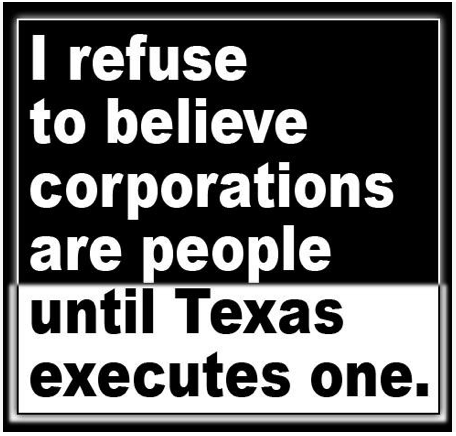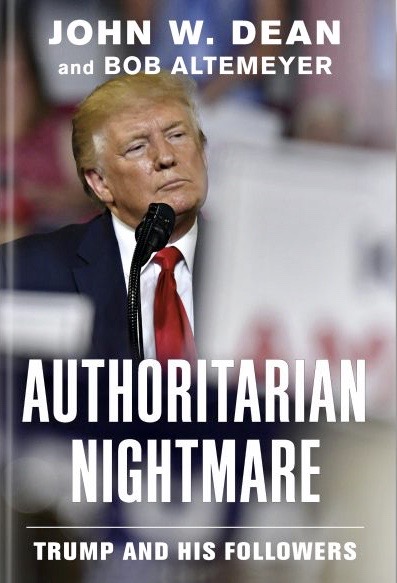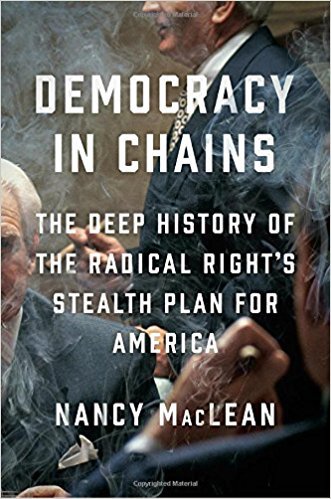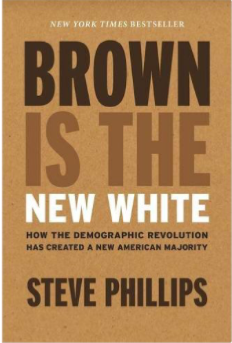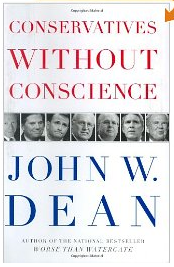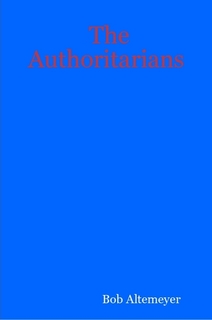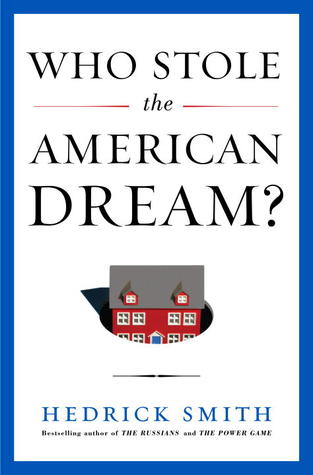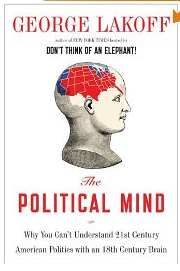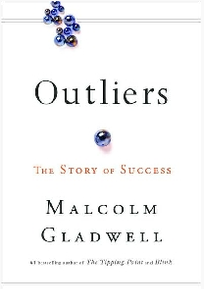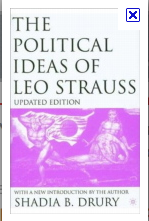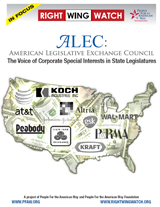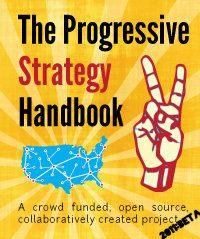I asked Proton’s Lumo AI tool about the working relationships between authoritarian capitalism and authoritarian fascism.
What are the working relationships between authoritarian capitalism and authoritarian fascism?
Authoritarian capitalism and authoritarian fascism are two distinct, though sometimes overlapping, configurations of power, economics, and ideology. Understanding how they relate—and where they diverge—requires looking at three core dimensions:
- Economic organization
- Political authority and ideology
- Mechanisms of control and legitimacy
Below is a comparative framework that highlights both the common ground and the points of tension between the two systems.
1. Economic Organization
Aspect Authoritarian Capitalism Authoritarian Fascism Ownership of productive assets Private ownership is retained; firms operate in a market, but the state intervenes heavily (price controls, strategic subsidies, selective nationalization). Private ownership may exist, but the state demands that firms serve a nationalist, militaristic, or ideological agenda. In practice, many industries become “corporatist” entities tightly bound to the regime. Market role Markets are allowed to allocate resources, but the state can direct capital to favored sectors (e.g., heavy industry, technology, defense). Competition is curtailed when it threatens regime stability. Markets are subordinated to the state’s vision of national greatness. Competition is tolerated only if it reinforces the regime’s goals; otherwise it is suppressed. Profit motive Profit remains a primary driver, but profit-seeking activities are judged against political loyalty and strategic relevance. Profit is secondary to political loyalty, militarization, and the pursuit of a mythic national destiny. Companies that fail to align with the regime’s narrative can be expropriated or shut down. Overlap: Both systems allow private enterprise to exist, but the state wields decisive power to shape where and how that enterprise operates. The line between “strategic guidance” and outright commandeering can blur, especially when the regime’s survival depends on economic performance.
2. Political Authority & Ideology
Dimension Authoritarian Capitalism Authoritarian Fascism Legitimacy base Primarily pragmatic: the regime claims competence in delivering growth, stability, and modernity. Ideology may be thin or technocratic. Mythic-nationalist: legitimacy rests on a narrative of ethnic, racial, or cultural superiority, often coupled with a vision of rebirth or conquest. Ideological content Minimalist or utilitarian (e.g., “developmental state”, “social harmony”). May borrow from liberal-market rhetoric while suppressing dissent. Highly prescriptive: glorifies the nation, the leader, and a homogeneous identity; often anti-democratic, anti-pluralist, and anti-globalist. Role of the party/leader The party or leader is the central decision-maker, but policy can be justified by economic performance metrics. The leader is portrayed as the embodiment of the nation’s destiny; the party functions as a mass mobilization organ that enforces the ideological line. Overlap: Both systems concentrate power in a single authority that can override institutional checks. The crucial difference lies in why that authority is accepted: pragmatic effectiveness versus mythic-nationalist devotion.
3. Mechanisms of Control & Legitimacy Maintenance
Mechanism Authoritarian Capitalism Authoritarian Fascism Surveillance & repression Extensive security apparatus monitors political dissent, labor activism, and corruption. Repression is often framed as protecting economic stability. Surveillance is coupled with ideological policing—targeting groups deemed “un-Germanic,” “un-national,” or “subversive” to the mythic narrative. Propaganda Emphasizes growth statistics, infrastructure achievements, and the regime’s capacity to deliver prosperity. Propaganda glorifies the nation’s past, the leader’s charisma, and an existential struggle against internal and external enemies. Patronage networks Business elites receive preferential treatment in exchange for loyalty; corruption can be systemic but is tolerated if it fuels growth. Patronage is tied to ideological conformity; elite status is granted to those who visibly champion the fascist mythos. Legal framework Laws are flexible, allowing the state to intervene in markets and civil society when deemed necessary for “order.” Laws are often explicitly ideological, criminalizing “anti-national” speech, enforcing racial or cultural purity statutes, and granting the leader extraordinary powers. Overlap: Both employ coercive institutions to silence opposition and maintain a monopoly on legitimate violence. The content of the repression—whether it is primarily economic or ideologically driven—distinguishes the two.
4. Points of Convergence and Divergence
Feature Convergent Aspect Divergent Aspect State-controlled economy Both allow the state to steer key sectors, impose tariffs, and intervene in markets. Capitalism retains a profit motive and market signals; fascism subordinates economics to a nationalist-mythic agenda. Centralized political power Power is concentrated in a single party/leader; democratic institutions are weak or absent. In capitalism the justification is efficiency; in fascism the justification is the nation’s destiny. Use of nationalism Authoritarian regimes often invoke national pride to legitimize actions. In capitalism nationalism is typically instrumental (e.g., “Made in Country X” marketing); in fascism it is ontological (the nation’s essence is under threat). Relationship with the private sector Both co-opt private firms for state goals. In capitalism the partnership is transactional; in fascism it is ideologically binding—companies must embody the regime’s worldview. Potential for transition A capitalist authoritarian state can drift toward fascist rhetoric when crises demand a scapegoat or a unifying myth. Conversely, a fascist regime may adopt capitalist market mechanisms to fund militarization, creating a hybrid “state-capitalist” model.
5. Historical Illustrations (Brief)
Regime Economic Model Ideological Core Japan (1930s-40s) State-directed industrial capitalism; zaibatsu remained private but were tightly coordinated. Ultra-nationalist, militarist, emperor-centric fascism. Nazi Germany Mixed economy: private firms (e.g., Krupp, IG Farben) operated under strict state directives and war-economy planning. Racial-based fascist ideology, Lebensraum expansionism. Maoist China (post-1978 reforms) Retained a single-party authoritarian state while introducing market mechanisms (“socialist market economy”). Communist ideology, but later softened to pragmatic nationalism. Modern Russia (2000s-present) Oligarchic capitalism with strong state steering (energy sector, defense). Authoritarian nationalism, “sovereign democracy,” and a revived imperial narrative. Singapore (1965-present) “Authoritarian capitalism”: pro-business environment with tight political control. Pragmatic technocracy rather than overt fascist mythos. These examples show that authoritarian capitalism can coexist with a relatively modest ideological veneer, whereas authoritarian fascism embeds a deep, often violent, mythic narrative into every aspect of governance—including the economy.
6. Take-aways
- Common ground: Both systems concentrate power, manipulate markets, and suppress dissent. They can look similar on the surface—especially when a regime uses nationalist rhetoric to justify economic interventions.
- Key divergence: The why behind state control. Authoritarian capitalism is primarily goal-oriented (growth, stability, modernization). Authoritarian fascism is value-oriented, demanding that all economic activity serve a mythic, often exclusionary, national purpose.
- Dynamic interaction: In times of crisis, an authoritarian capitalist regime may adopt fascist symbols or rhetoric to rally support, while a fascist regime may liberalize markets to fund its militaristic agenda. The boundary is porous, and hybrids frequently emerge.
- Analytical lens: To assess any contemporary regime, ask:
- What is the stated purpose of state-economic intervention?
- Is legitimacy derived from performance metrics or from an overarching mythic identity?
- How tightly are private firms required to echo the regime’s ideological narrative?
Understanding these questions helps separate a technocratic authoritarian state that merely wants efficient growth from a fascist authoritarian state that seeks to reshape society according to an exclusive, often violent, worldview.
Our history of attempting to create a fascist authoritarian state have failed but provided lessons learned for the current coup attempt.




